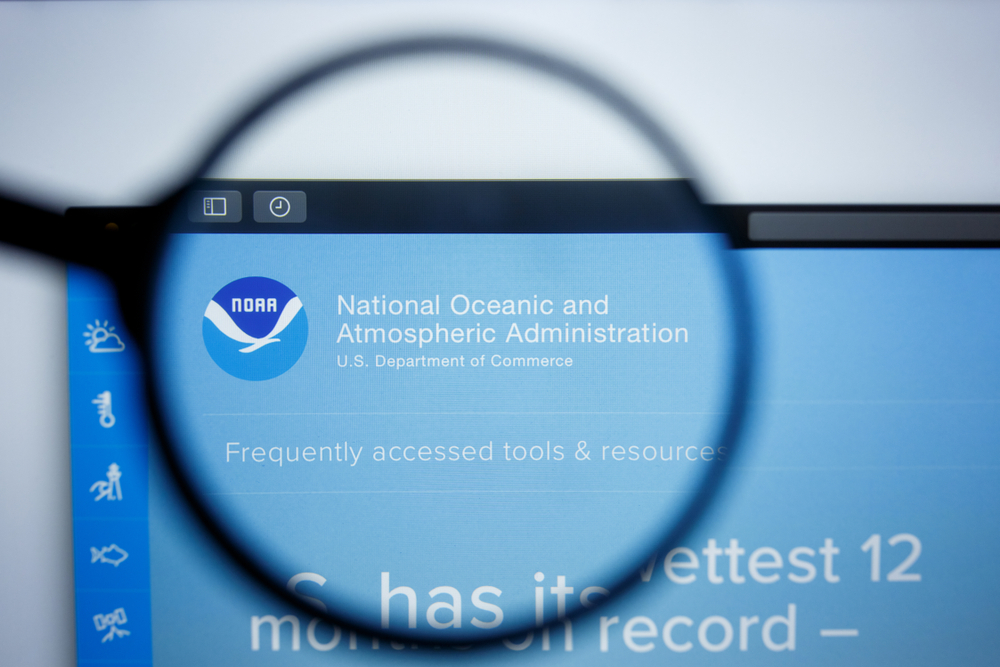
A fisherman doesn’t usually expect their catch of the day to set off alarm bells for the biologists in their entire region. For this fisherman in the Pacific Northwest, however, that’s exactly what happened. The Chinese Mitten Crab, an invasive crab species, has been detected for the first time in this region. The presence of this crab has raised concerns about the potential impact on California’s coastal ecosystems and fishing industry.
The Chinese Mitten Crab: An Invasive Crab Species

Source: Shutterstock
The Chinese mitten crab, also known as Eriocheir sinensis, is a species of crab native to the coastal rivers of eastern Asia. This doesn’t only mean China, but also Korea, and Japan. Named for its distinctive furry, mitten-like claws, this medium-sized crab has a brownish-green shell and can grow up to around four inches in width. The crab is known for its ability to thrive in both fresh and saltwater environments. Because of this, it is a highly adaptable and invasive species – and with a voracious appetite, to boot. The Chinese mitten crab is omnivorous, meaning that it eats both plant and animal matter. It has the potential to significantly impact any ecosystem it finds itself, as it disrupts native species populations wherever it establishes itself.
The Discovery
On April 22, a commercial fisherman discovered and caught one of the invasive crab species east of Tongue Point, near the city of Astoria, in the Pacific Northwest. He caught the Chinese mitten crab in the lower Columbia River. He took his unexpected catch to the Oregon Department of Fish and Wildlife, where it was confirmed to be a Chinese Mitten crab. They believe the crab, which was a large male, may have entered the area as a larva in the ballast water of a boat. It also could have been illegally introduced to the Columbia River by a person releasing it into the wild.
Read More: How a Whale Tried to Bridge the Linguistic Divide Between Humans and Animals
Response and Precautionary Measures

Source: Shutterstock
This discovery has put biologists in the region, including California, on high alert. State biologists are now collaborating with their colleagues in the neighboring Washington State and at the National Oceanic and Atmospheric Administration (NOAA) to determine the extent of the population of this invasive crab species in the waterway. They have plans in place to set up trap lines, as well as to gather water and sediment samples, to search for the species’ genetic markers in the environment. This may help them to put a stop to the species’ takeover before it becomes an even bigger problem.
Officials with the Oregon Department of Fish and Wildlife are urging the public to report any and all sightings of the Chinese mitten crab in the region. The prompt reporting of sightings is crucial in monitoring and controlling the potential spread of the invasive species.
Invasive Threat and Historical Context

Source: Shutterstock
It is important to note that this is not the first ever sighting of the Chinese Mitten crab in North America. Its establishment on the continent dates back to the 1980s in San Francisco Bay in California. During this time, the crab species caused significant damage to both infrastructure and ecological balance. The discovery of one of these crabs in the Columbia River has therefore prompted concerns about the potential that it will do the same in the Pacific Northwest’s coastal ecosystems.
Characteristics and Impact
As already stated, it is important for all of us to be on the lookout for this invasive crab species, and to report any sightings immediately. The Chinese Mitten crab is easily distinguishable from other crab species thanks to its furry, mitten-like claws. It is known for its ability to outcompete native species for food and habitat. Not only can the crab cause major ecological disruption, but it can damage local infrastructure, too. Its burrowing behavior can damage levees, dikes, and stream banks. These crabs have also shown to interfere with the fishing industry. They can easily damage fishing gear and readily consume both bait and catch.
Containment Challenges

Controlling the spread of the mitten crab is a major challenge. Its resilience and adaptability make it a hard species to beat. The mitten crab has demonstrated the ability to survive in dry environments for about a week and in a damp meadow environment for over a month. Its ability to climb and mode of movement enable it to bypass usual barriers for other crab species, making it much more difficult to contain.
The detection of the Chinese mitten crab in the Pacific Northwest is a wake-up call for all states along that coast, including California. It has prompted heightened vigilance and proactive measures to safeguard its waters and coastal ecosystems. The collaborative efforts of biologists, state agencies, and the public are crucial in monitoring and controlling the potential spread of the invasive species.